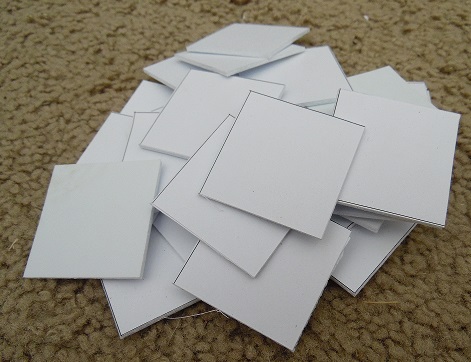Miniature wargames are available in a wide variety of scales with all of them having their own benefits. Here are just a few of the reasons 6mm games have advantages over the others.
Larger Battles
6 mm gives you the feel of epic battles rather than large skirmishes or raiding parties. Your units look deeper and you can field many more miniatures on a decent sized game table. Armies don’t look like large raiding parties or skirmishes. Rather they give the impression of a true battle.
Affordability
The scale is much more affordable. A complete 6mm historical or fantasy army can be purchased for less than $100. Although addiction to 6mm may drive that cost up.
Diversified Terrain
If you like terrain, then 6mm is the scale for you. Rather than placing only one or two buildings, your battlefield can easily hold a small (And affordable.) village assuming you have the table space.
Less Painting More Playing
6mm does not give you the same painting options as 28mm. The size of the miniatures does not permit the same level of detail and painting miniatures that small to a good standard isn’t easy. However, if you are more concerned with playing than painting, then 6mm is perfect. All your miniatures require is a basecoat, maybe a highlight or two, and a wash/dip, and you are done. This does not mean you cannot paint at a high quality with 6mm as you certainly can, particularly with larger more monstrous figures, such as giants and dragons.
Quick Set-Up and Easy Transportability
6mm is quick and easy to setup, particularly if you are not using casualty removal. 6mm armies require much less storage space. You can often fit an entire army in a 12″ x 12″ container. This also makes transporting 6 mm easy.
The Scale of Weapon Capabilities
The ground scale is much more realistic. You do not have to resort to artificial (And often ridiculously.) short ranges for weapons.
Playing Surface Diversity
The space required to play can be much smaller – as little as 2′ x 2′ if using smaller armies. Larger tables permit more terrain and more maneuvering.
More Engines of War
You can field many more vehicles than you can with larger scales. Rather than one or two tanks or chariots, you can field dozens.
Wide Assortment of Army Options
All the popular genres are available in 6mm – ancient to medieval, fantasy to historical, Napoleonic, the American Civil War, World War II, and sci fi.








